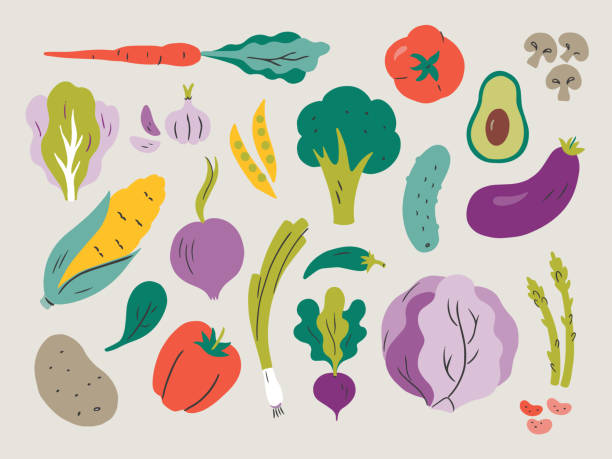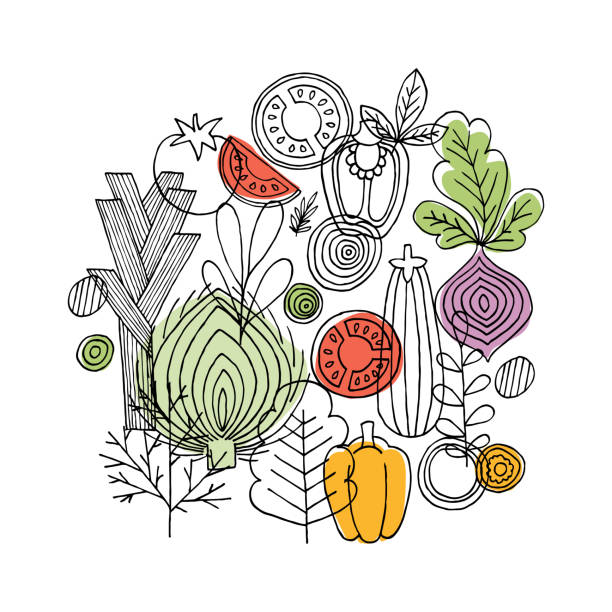
Feed the Earth, Not the Landfill: Rethinking Food Waste Disposal
Food waste is a leading contributor to climate change, so why do we still struggle to reduce it?
By Samantha Kwok

Here’s some food for thought. The single most common material landfilled in the U.S. is food waste. The EPA estimates that 30 to 40% of the U.S. food supply is landfilled. Waste occurs through all steps of the food chain – from production to purchase to disposal. A significant amount of food isn’t recycled or composted, further impacting our planet. It also means wasted money and resources.
We can all do our part to manage our carbon footprint. But some actions can hurt more than they help. More than 85% of greenhouse gas emissions from landfilled food waste come from activities prior to disposal. In our relationship with food, we rarely consider the social, environmental, and economic implications surrounding it. About 44.2 million people lived in food-insecure households in 2022. Americans waste 60 million tons of food every year, worth about $161 billion. Change starts with us, and we can be better. The Sierra Club has a guide on how to feed the Earth, not the landfill.

PREVENTION
Grocery shop smart. The best form of source reduction of food waste is prevention. Plan your week’s meals before you visit the grocery store. Make lists and stick to it. Learn what labels like “sell by,” use by,” “best before,” or “best by” mean. Over 80% of Americans toss good food into the garbage because they misunderstand expiration labels. Thinking about waste from the moment your purchase food will help you avoid buying more than you can consume that may end up going to waste.

REDUCTION
Learn proper food storage. Food goes bad, but some lasts longer than you think. When in doubt, find out. If you aren’t sure what the appropriate conditions for food are, use the USDA’s FoodKeeper App or visit SaveTheFood.com. They’ll last longer, taste better, and give you the chance to eat it all before it goes bad.
FEED THE EARTH
Share the love. There is power in sharing a meal – in more ways than one. Food builds bonds and sustains relationships, and everyone deserves a good meal. If you have extra food, host a dinner party to use uneaten groceries. Experiment with new ways to repurpose leftovers. Most organizations accept donations of canned goods, grains, and other shelf-stable items to help those in need. Check with your local food bank for a list of accepted foods.

Composting is the future. Food doesn’t last forever, but we can still ensure scraps aren’t landfilled. Composting diverts waste from landfills and recycles it to produce nutrient-rich compost to feed the soil. It is a waste management pathway to reduce methane, a greenhouse gas that heavily contributes to climate change. Composting will help the EPA’s goal to reduce food waste and prevent food loss by 2030.

The magnitude of food waste in the U.S. seems daunting, but there is a path forward to save food and waste less for the sake of our planet. As individuals, we can reduce waste implement small changes to make a big difference. Taking collective action can build a more sustainable food system for all. It starts with education, strategy, and collective action.
*Not affiliated with Sierra Club. All content was created as an assignment for the Multimedia Content Creation for Brand Storytelling (PR524) class.